Today, MDF is considered a popular and relatively affordable material, without which the production of kitchen panels and various furniture is not complete. At the same time, MDF is often painted, which makes the facade more smooth and wear-resistant. In addition, due to painting, the panels get a deeper and brighter color that can be matched to your furniture.
- Advantages and disadvantages of painting MDF panels
- Modern technology for painting MDF panels
- The choice of equipment for painting
- Stages of painting
- Preparatory stage
- Primer surfaces
- Painting stage
- Wet paint technology
- Powder mixture for painting
- Drying
- Conclusion
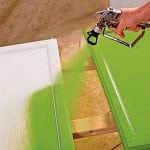
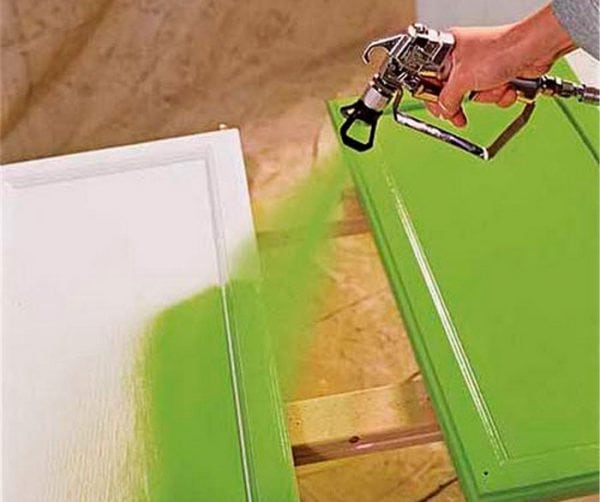
Advantages and disadvantages of painting MDF panels
Painting of surfaces made of MDF is not only for decorative, but also for protective purposes. The main advantages of painting panels with your own hands:
- Resistance to high temperatures, which allows you to put on the kitchen surface even hot dishes.
- High-quality painting with MDF enamel allows you to make the facade more refined and original, giving it a unique design. For example, you can decorate your furniture with interesting decor in the form of pearls, mother of pearl, metallic and so on. To do this, various fillers are added to the paint.
- Safety for health, since only high-quality paints and varnishes are used for it.
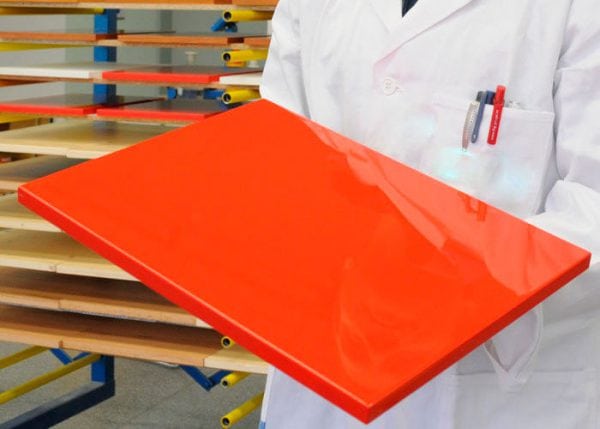
Disadvantages of painting MDF panels:
- higher price compared to film coating;
- when using not the best quality paint over time, the painted facade may fade under the influence of sunlight.
Modern technology for painting MDF panels
Correct and high-quality painting should be carried out in compliance with all the rules of the process. To work, you will need paint, a primer for wood or a polyurethane primer, as well as varnish.
In order for the painted facade to look beautiful and not to deteriorate over time, certain temperature conditions must be observed. It is best if all the processes take place at a temperature of about twenty degrees. At the same time, air humidity should be in the range from 50 to 80 percent. Humidity of wall wood panels should be 8-15%.
Before applying paints and varnishes they must be filtered with a filter at 50-100 microns. It is advisable to filter twice if the paint has been stored for more than two weeks.
to contents ↑The choice of equipment for painting
To do the MDF painting yourself, it is advisable to have a room of at least 40 square meters, equipped with a special camera for painting and a place for grinding surfaces. In addition, a place should be provided for storing wooden blanks and finished panels.
The temperature in the room where the facade or interior surfaces will be painted should be at least twenty degrees. The paint chamber is best equipped with an exhaust hood and a rotating countertop. The drying room for finished parts must have racks. The place where you intend to carry out grinding is best equipped with reliable vacuum cleaners.
Modern painting technology provides for the application of paints and varnishes using a pneumatic spray gun with a nozzle of 1.5-2 mm and a receiver compressor of at least 80 liters. If used powder paint, then it is applied using a spray directly to the surface. Grinding parts is best done with a vibrating grinder. Polishing is carried out by an angular grinder.
to contents ↑Stages of painting
Preparatory stage
At the preparatory stage, great attention should be paid to the processing of the plate. To process the surface under gloss, you need to avoid raising the pile and eliminate embossing that arose during the production process.
The facade of the MDF should be milled at maximum speed, which will avoid raising the pile. Since the paint layer here is very thin, it is advisable not to leave pointed corners that can be easily knocked down. For corner processing, it is best to use an edge mill with a radius of about 3 mm.
To properly polish the facade of MDF, it is necessary to remove the surface protective wax layer from the entire surface. An eccentric sander is best suited for this job. For processing complex bends, it is advisable to use sandpaper. If it is supposed to paint MDF wall surfaces, which include several constituent elements, then the joint cracks are better to putty qualitatively with a primer to fill the pores.
to contents ↑Primer surfaces
At the first stage, the most problematic relief areas are primed. After that, the edges of the panel are primed. At the final stage, the entire facade is treated with soil. The primer should be applied first longitudinally and then transversely. At the same time, each next layer is superimposed on the previous one by 50%. This is done not only the primer, but also the painting itself.
The most effective soil application technology involves two steps. The first step is to use a spray gun, with which a layer of insulating primer is applied. It should prevent the raising of the pile and the absorption of the following layers of paint. After that, let the soil dry and sand the surface with sandpaper P320-400.
The second stage of the primer is to apply a polyurethane primer and let it dry for at least 10 hours. Then the surface is ground, in places of bending of the milling use abrasive material Scotch-brite.
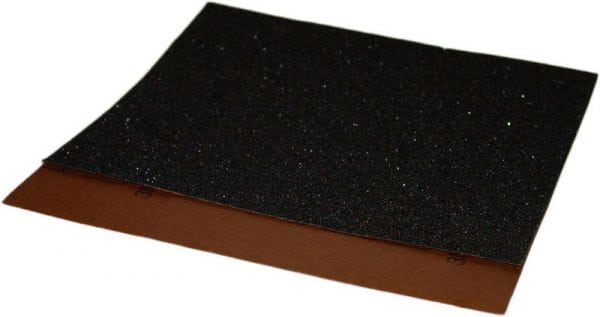
Painting stage
In order to qualitatively paint the MDF facade, it is necessary to use a spray gun with paint consumption parameters of 60-200 g / sq. m. All other parameters of the device are set depending on the type of paintwork used. In this regard, before you paint the facade under the gloss, you need to understand the instructions for using the paint well.
Wet paint technology
After the primer stage, drying is performed at a temperature not exceeding 35 degrees. The drying period averages five hours. Wet painting technique is carried out by applying a mixture with a thickness of 120 to 140 microns. It is advisable to use polyurethane coatings.
Paint is applied using a spray gun with a specific pressure. It is possible to apply in two layers, only before coating with a second layer the surface should be sanded. Moreover, the thickness of each of the layers should not be more than 120 microns. At the next stage, several layers of soil made of polyester or polyurethane are applied to the MDF plate, simultaneously with intermediate grinding. The final layer of glossy enamel must be polished.
When applying complex compositions of paints and varnishes with different special effects, they must be mixed well. This is necessary so that the details of the scenery do not settle on the bottom of the can.
In addition, it is necessary to provide for the easy passage of decorative additives through the nozzle of the spray gun.
When painting and varnishing surfaces made of MDF, care should be taken that dust, insects or other debris do not get on it. To remove them from the painted surface, you need to have tweezers with you. If you find smudges of a primer or paint, then they should be eliminated with a clerical knife and an emery cloth.
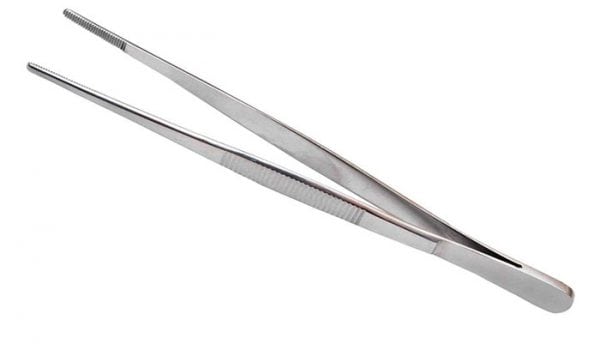
Powder mixture for painting
Dry method of painting consists in applying a special paint, which is called a powder mixture. The technique provides for the deposition of dry microparticles on a prepared surface. After that, the applied paint is heated until it begins to melt. As a result, an almost perfect flat surface is formed.
Drying
The final step in any painting is the drying of the panels. This procedure should be carried out under certain conditions. In particular, the air temperature should be no more than 50 degrees, and humidity - less than 80%.
The duration of drying largely depends on environmental conditions. As a rule, it takes 5 to 10 hours to fully dry. In general, the lower the humidity and temperature, the faster the MDF board dries.
Conclusion
Thus, for high-quality painting of MDF boards, all necessary conditions must be observed. This process consists of several stages, such as grinding, priming, painting and drying.



